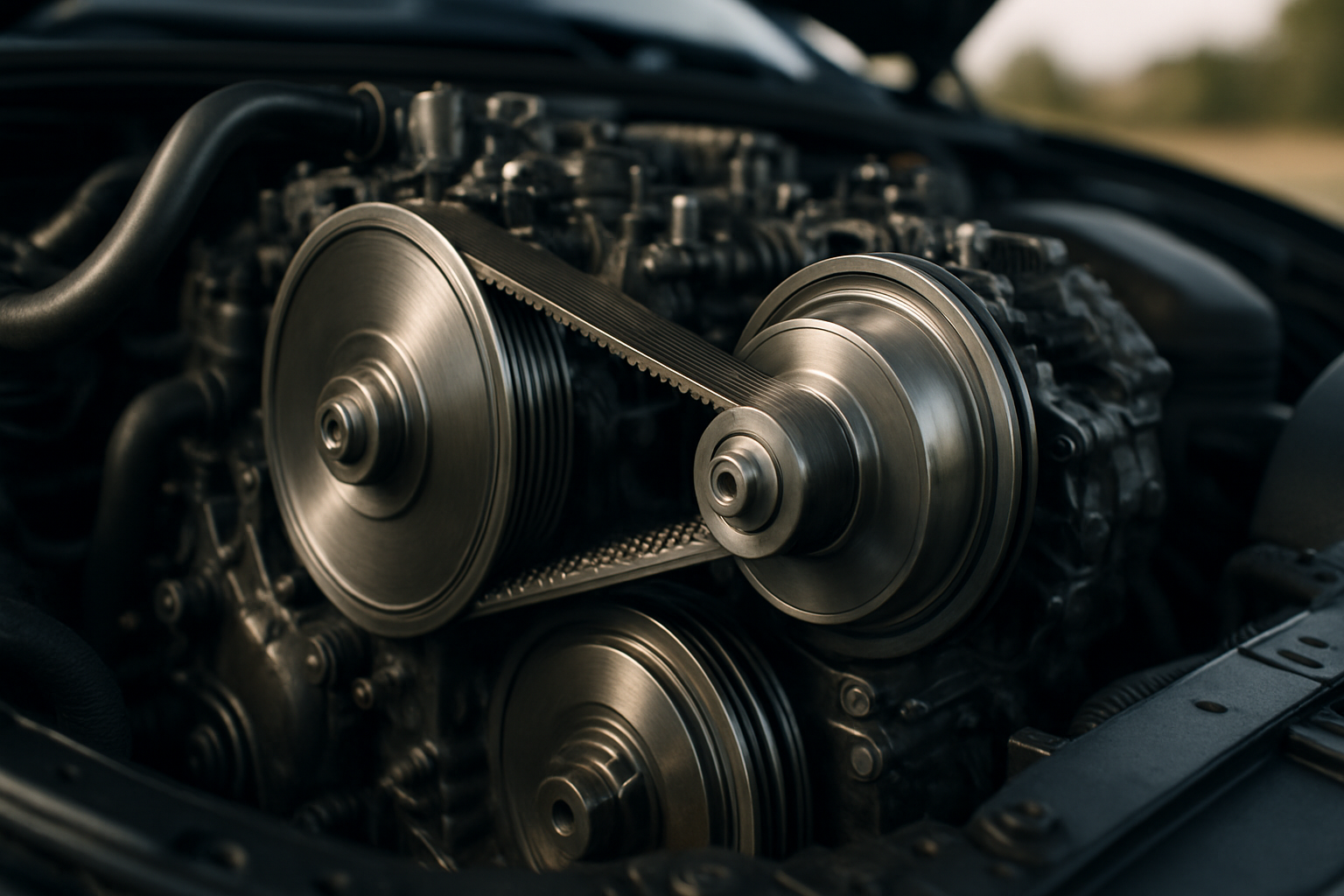The Symphony of Motion: Unveiling Automotive Transmission Fluid Dynamics
The intricate dance of gears, the seamless shift of power, and the smooth operation of your vehicle's heart all rely on a often overlooked hero: transmission fluid. This liquid gold orchestrates a complex ballet of motion, ensuring your car's performance remains pitch-perfect. But what really happens inside your transmission, and how does this unsung fluid conductor keep everything in harmony?

The Hidden Circulatory System
At its core, your vehicle’s transmission is a marvel of engineering, designed to efficiently transfer power from the engine to the wheels. But without transmission fluid, this complex system would quickly grind to a halt. This specialized fluid serves multiple crucial functions: it lubricates moving parts, cools the transmission, prevents corrosion, and transmits hydraulic power for gear changes.
The journey of transmission fluid begins in the transmission pan, where it’s stored and kept at optimal temperature. From there, it’s drawn up through a filter by the transmission pump, which creates the pressure needed to circulate the fluid throughout the system. As it flows, the fluid forms a thin film between gears, clutches, and other moving parts, reducing friction and wear.
Pressure and Flow: The Fluid Dynamics at Play
Understanding the behavior of transmission fluid requires diving into the world of fluid dynamics. As the fluid moves through the transmission, it encounters various pressures, temperatures, and flow rates, each influencing its performance.
One key principle at work is Pascal’s law, which states that pressure applied to a confined fluid is transmitted equally in all directions. This principle is harnessed in the transmission’s hydraulic control system, where precise fluid pressure is used to engage and disengage clutches and bands, facilitating gear changes.
The fluid’s viscosity also plays a crucial role. Transmission fluid must be thin enough to flow freely at low temperatures for cold starts, yet thick enough to maintain a protective film at high operating temperatures. Modern transmission fluids are engineered with advanced polymers that allow for this dynamic viscosity range, ensuring optimal performance across various conditions.
The Cooling Conundrum
As your transmission works, it generates heat – a lot of it. Left unchecked, this heat can cause serious damage to components and degrade the fluid itself. This is where the fluid’s role as a coolant becomes critical.
The transmission fluid absorbs heat from various components as it circulates. It then travels to a dedicated transmission cooler, typically located within the vehicle’s radiator or as a separate unit. Here, the hot fluid passes through a series of tubes or plates, transferring its heat to the cooler air flowing over the radiator.
This cooling process is a delicate balance. The fluid must be cooled enough to protect components, but not so much that it becomes too viscous to flow properly. Engineers carefully design the cooling system to maintain the fluid within an optimal temperature range, typically between 175°F and 220°F (79°C to 104°C).
The Chemical Symphony
Transmission fluid is far more than just oil. It’s a carefully crafted blend of base oils and a complex cocktail of additives, each playing a specific role in the fluid’s performance. These additives work in harmony to:
-
Improve viscosity index and maintain proper flow characteristics across a wide temperature range
-
Protect metal surfaces from corrosion and oxidation
-
Prevent foam formation, which can lead to erratic shifting and fluid degradation
-
Modify friction characteristics for smooth clutch engagement and disengagement
-
Disperse contaminants and keep them in suspension to prevent deposits
The exact formulation of these additives is closely guarded by manufacturers, with each brand developing proprietary blends to meet the specific needs of different transmission designs and operating conditions.
The Future of Fluid: Innovations on the Horizon
As automotive technology continues to evolve, so too does transmission fluid technology. Engineers and chemists are constantly pushing the boundaries of what’s possible, developing new formulations and technologies to meet the demands of modern transmissions.
One area of focus is the development of lower viscosity fluids that can improve fuel efficiency without sacrificing protection. These advanced fluids use cutting-edge polymer technology to maintain a strong lubricating film even at higher temperatures and pressures.
Another exciting development is the use of nanomaterials in transmission fluids. These microscopic particles can potentially enhance the fluid’s ability to reduce friction and wear, leading to improved efficiency and longer component life.
As vehicles become more electrified, we’re also seeing the emergence of specialized fluids designed for hybrid and electric vehicle transmissions. These fluids must balance traditional lubrication and cooling needs with new requirements, such as electrical insulation and compatibility with new materials used in electric drivetrains.
The world of transmission fluid dynamics is a fascinating intersection of chemistry, physics, and engineering. As we’ve explored, this often-overlooked liquid plays a critical role in keeping our vehicles running smoothly and efficiently. From its journey through the intricate pathways of the transmission to its carefully balanced chemical composition, transmission fluid truly is the lifeblood of your vehicle’s powertrain.
As automotive technology continues to advance, the importance of transmission fluid will only grow. Whether you’re a car enthusiast or simply someone who relies on their vehicle daily, understanding the critical role of this fluid can help you appreciate the complex symphony of motion happening beneath your hood. So the next time you shift gears, take a moment to consider the incredible fluid dynamics at work, silently ensuring your journey is smooth and your vehicle performs at its best.





